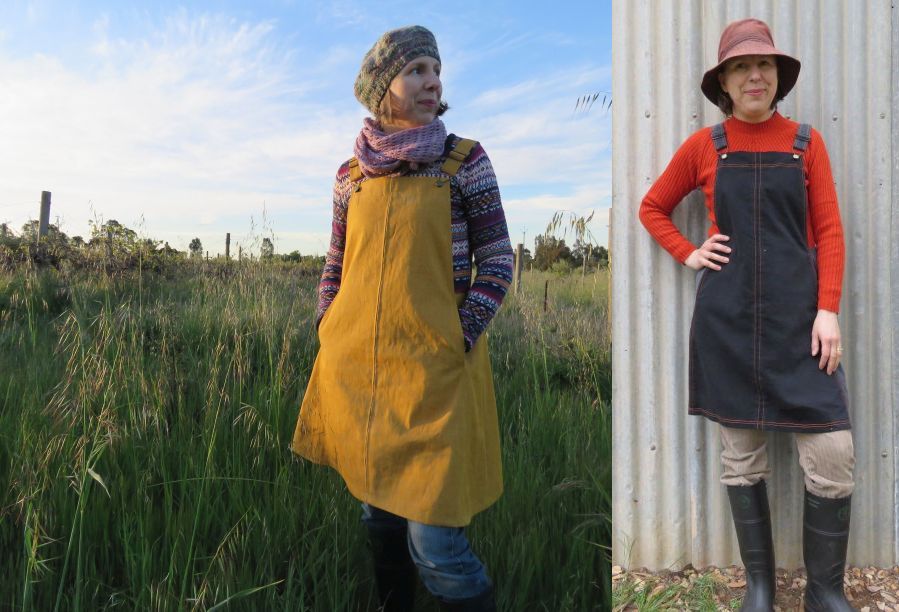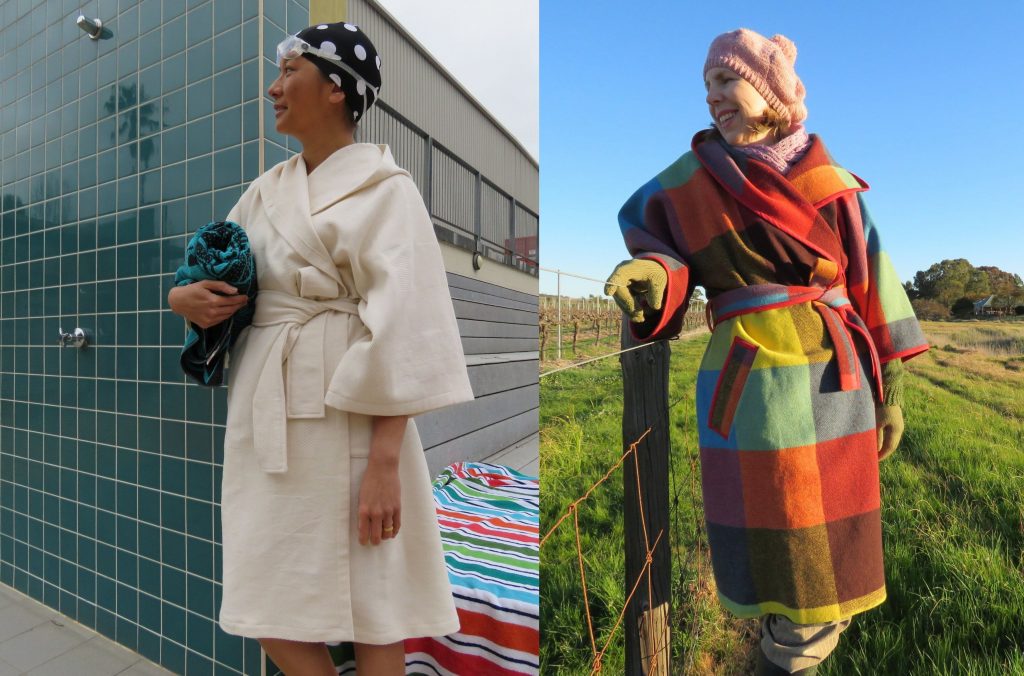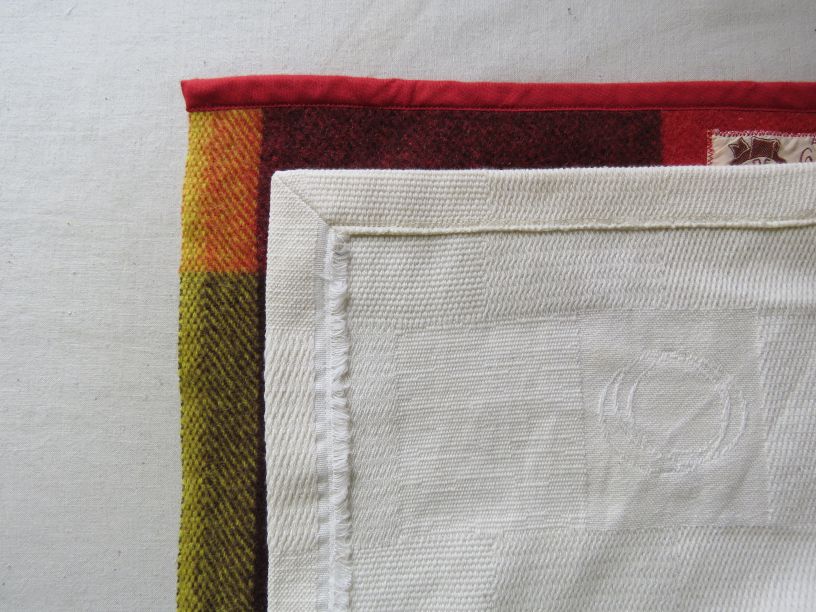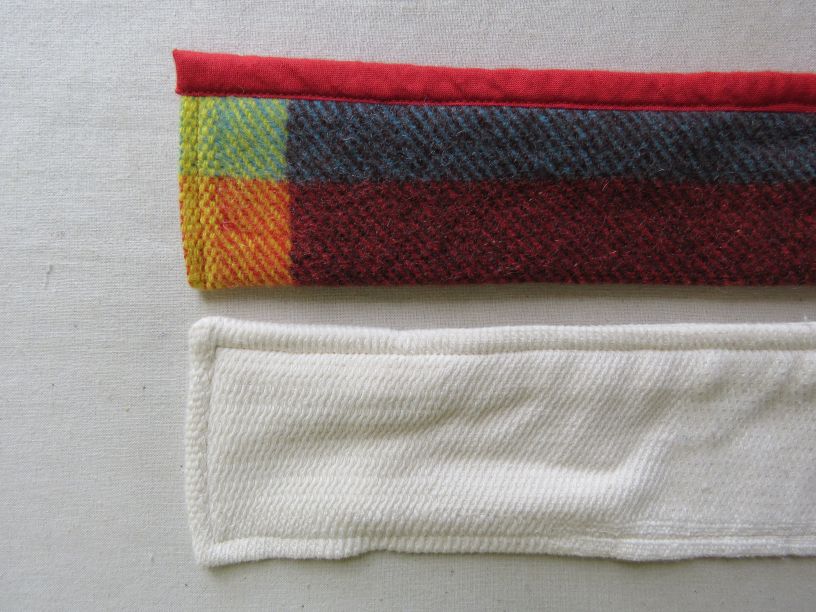“Let the fabric inform the design direction”

Let the fabric inform the design direction.
What does that really mean, practically?
It sounds a little nebulous and mysterious, like a departed guru appearing in a dream and bestowing wisdom in that echo-y voice they use in the movies, something like: You must listen to your inner voice, or Use the Force Luke, or I can only show you the door; you must walk through it.
In real life, it simply means looking at and feeling the fabric, seeing how it drapes, how thick it is, if it frays or creases, checking the opacity, seeing how swishy it is, etc. You might do this without even thinking about it. Do you ever hold fabric up to you in front of the mirror, or scrunch it in your hand?
The design direction could also be informed by how much the fabric costs, how wide it comes and how much is available.
Many designers start with the fabric as their inspiration and design a garment that’s informed by the textile. The fabric needs to be made into the best type of garment – all the qualities and characteristics of the fabric need to be shown to their best advantage, and the fabric’s weight, texture, scale, durability etc need to be suitable for the garment.
Have you ever got this wrong? I have! Sometimes it’s not noticeable until we wear it.

So sometimes it’s not a total failure; we just could have made a better choice.
The other part of the process is the details, the nitty-gritty of construction, how the fabric performs when it’s being cut and sewn.
In factories, patternmakers have conversations about this with the designer and machinist: How are we going to finish the seams and edges? What’s the best way to manage the bulk? Are we going to line it? If you’re sewing at home, these are the considerations you need to give thought to.
In a lot of cases, the fabric makes the decisions for you.


The coat was too thick to turn hems, so I used the selvedge for the lower edge and bound all the other edges.


Experience with sewing and handling fabrics is the really the unbeatable way to get better at working well with fabric. It also helps to have a good teacher if you’re a fashion student, or knowledgeable colleagues if you’re at work, and access to a sewing reference library is handy too.
Cheers!
Thank you for writing this! I am a beginner and am currently working on a skirt (?) Made from pretty old crochet linens. I am definitely looking at the fabric, and how it drapes, etc. To see what to make of it.
Thanks for reading, Greta. Best wishes for your sewing adventures!